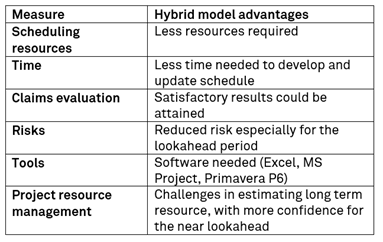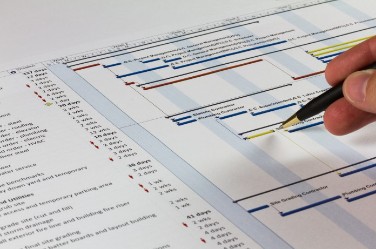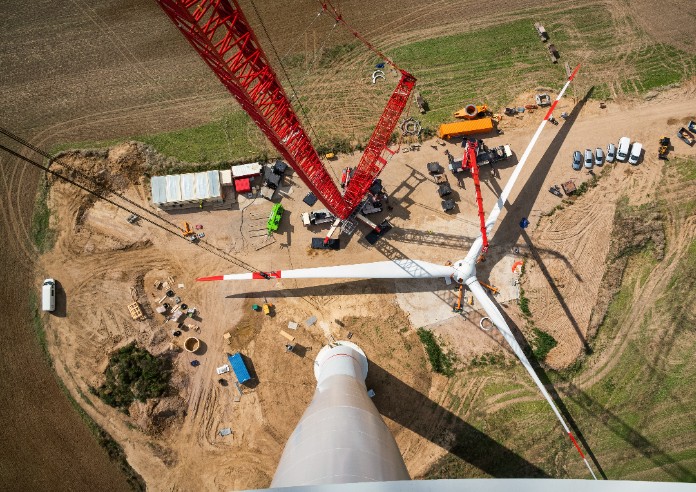
Detailed Schedule Vs. High Level Summary Schedule
by Ali Ezeddine, Senior Project Controls & Scheduling Lead
When managing a project which is better: a detailed schedule or a less detailed one. The simple answer that you would usually get is a detailed one of course! Well… it is not always the case. First, let us define “what is better”. Is it better sequencing, or better tracking and monitoring, or is it for better cost? Second, I am going to outline various implementations of detailed schedule and high-level (less detailed) schedules.
How can we define a “better schedule”?
There is no one answer to this question.
Typically, the owner is the one who determines the level of detail required in the schedule keeping in mind that a more detailed schedule would mean extra cost for the project which the contractors will include in their bids. The factors that the owner must look at for determining the level of details are:
- The size of the project
- The budget available
- The complexity of the job
- Stakeholder Interfaces
Different schedule levels of details
The schedule levels are determined by breaking down the scope of work into simpler work packages under what is known as work breakdown structure (WBS).
- Level 1 schedule: summary schedule the whole project or phase
- Level 2 schedule: this could be dividing the scope by phases, areas, floors
- Level 3 schedule: a further detail of level 2 which would include sub-phases or disciplines
- Level 4 schedule: a further detail of level 3 and at this level usually includes activities with work type description.
- Level 5 schedule: this is most commonly known naming for a schedule where the activities are clearly detailed and individual work activities identified
The above are typical schedule levels however further details can be developed depending on the requirements and complexity of the project
Project agreement and contract clauses
Once the most appropriate level of detail has been determined, it would need to be incorporated into the project agreement or contract so that a clear baseline is established. There are several ways in which this can be done:
- Suggesting the work breakdown structure (WBS) and how many levels it should contain
- Clearly stating the maximum duration of activities allowed
- Focusing on the interfaces between different stakeholders
- Implementing the rolling wave technique i.e., include more details as project progresses. For example, once design is at its final stage, further breakdown of procurement and construction activities can be done.
There are number of constraints that restrict developing a detailed schedule, these include:
- Design is still at early stages
- Procurement strategy is not finalized
- Means and method of construction is not determined
- Resource plan is not in place
- Inadequate tools and budget to perform scheduling tasks
Pros and cons
While detailed schedules tend to be more sophisticated and descriptive, however, developing such schedules is more costly, both in terms of initial preparation and ongoing updates.
The below table summarizes the pros and cons of detailed vs. summary schedules.
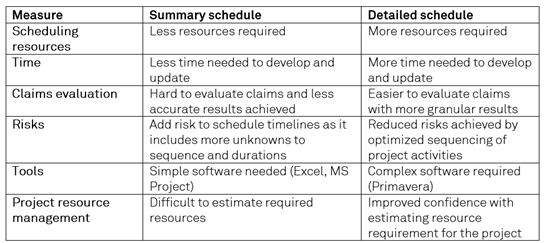
The simple answer that you would usually get is a detailed one of course! Well… it is not always the case.
Once the most appropriate level of detail has been determined, it would need to be incorporated into the project agreement or contract so that a clear baseline is established
...detailed schedules tend to be more sophisticated and descriptive, however, developing such schedules is more costly, both in terms of initial preparation and ongoing updates.
Hybrid model - how to keep track of summary schedules
There are many ways that helps keeping track of high-level summary schedules or schedules that include less details.
1. Create a progress monitoring file which includes more detail. This is mainly a breakdown of schedule level into smaller details, but the advantage is that you will save the time taken to update and maintain the schedule logic and duration. This can be done either by a side-tracking excel sheet or even within scheduling software Primavera P6 which includes the steps feature. For example: a high-level activity for construct foundation can be broken into six steps for tracking.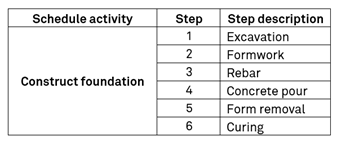
2. Adopting the rolling wave technique, in which the scheduler starts with high level summary activities and keep adding details every month or when the need for more details is required.
3. Developing separate look-ahead schedules for critical works.
...the advantage is that you will save the time taken to update and maintain the schedule logic and duration
…the rolling wave technique, in which the scheduler starts with high level summary activities and keep adding details when the need for more details is required.
Summary
In summary, while detailed schedules seem the better option, albeit they are more costly, a more hybrid form of a schedule could be the best option to consider without compromising the quality and legitimacy of schedule logic and sequence.
